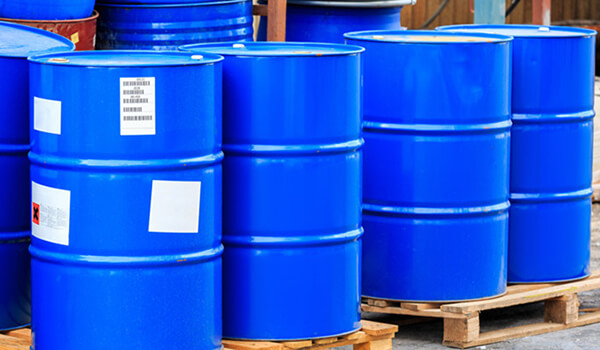By source
resin is divided into natural resin and synthetic resin. Natural resins refer to amorphous organic substances derived from the secretions of animals and plants in nature, such as rosin, amber, shellac and so on. Synthetic resins refer to resin products obtained by chemical synthesis of simple organic substances or chemical reactions of certain natural products, such as phenolic resins, polyvinyl chloride resins, etc., among which synthetic resins are the main components of plastics.
Press synthesis reaction
"According to this method, the resin can be divided into addition polymer and condensation polymer. Addition polymer refers to a polymer made by addition polymerization reaction, the chemical formula of its chain link structure is the same as the molecular formula of the monomer, such as polyethylene, polystyrene, polytetrafluoroethylene and so on.
Condensation polymer refers to a polymer made by condensation polymerization reaction, the chemical formula of its structural unit is different from the molecular formula of the monomer, such as phenolic resin, polyester resin, polyamide resin and so on.
According to the main chain of the molecule
"According to this method, resins can be divided into carbon chain polymers, hetero chain polymers and elemental organic polymers.
"Carbon chain polymer" refers to a polymer whose main chain is made up of carbon atoms, such as polyethylene and polystyrene.
"Hetero-chain polymer" refers to a polymer whose main chain is composed of atoms of two or more elements such as carbon and oxygen, nitrogen, and sulfur, such as polyoxymethylene, polyamide, polysulfone, and polyether.
"Elemental organic polymer" means that the main chain does not necessarily contain carbon atoms, and is mainly composed of atoms of elements such as silicon, oxygen, aluminum, titanium, boron, sulfur, and phosphorus, such as organic silicon.
By nature
Thermosetting resin (FRP resin is generally used in this type): Unsaturated polyester/vinyl ester/epoxy/phenolic/bismaleimide (BMI)/polyimide resin, etc.
Thermoplastic resin: polypropylene (PP) / polycarbonate (PC) / nylon (NYLON) / polyether ether ketone (PEEK) / polyether sulfone (PES), etc.
Synthetic resin is a kind of high molecular polymer synthesized artificially. The most important application of synthetic resins is the manufacture of plastics. In order to facilitate processing and improve performance, additives are often added, sometimes directly used for processing and forming, so it is often synonymous with plastic. Synthetic resin is also the basic raw material for the manufacture of synthetic fibers, coatings, adhesives, and insulating materials. There are many types of synthetic resins. Among them, polyethylene (PE), polyvinyl chloride (PVC), polystyrene (PS), polypropylene (PP) and ABS resin are the five general-purpose resins, which are the most widely used synthetic resin materials.
Resin Crafts
resin materials are used in the modeling materials of this group of handicrafts, and its smooth lines and bright texture make full use of the advantages of its materials.



